Eriko Kaniwa is a digital artist living and working in Tokyo, Japan. Her work has won multiple international photography awards including The Photograph Gala Awards and The Royal Art Prize 2018 v Edition. Her series “Spiritual Landscape of Japan” was featured in the Fotofever Paris 2018 show. Eriko talks to House of Coco about the art scene in Japan, where her passion for beauty and nature comes from and how you can follow your dreams in becoming an artist.

House Of Coco: Could you tell us a bit about the art scene in Japan, or more specifically Tokyo if you prefer, and where you feel you fit, or don’t fit in with what is going on right now?
Eriko: The Japanese art scene is very insular. Many good artists are leaving and going overseas. Exhibitions featuring Impressionist paintings and other genres of art that are often held in large public museums attract large crowds, but I wouldn’t say that art appreciation is a priority in Japanese schools. Large corporations and some religious organizations may buy and display expensive works of art, but my impression is that the general public is not conscious of enriching their lives with art. There have been some successes in expanding the categories of art exhibitions in Japan, with events such as ECHIGOTSUMARI-ART-FIELD and SETOUCHI TORIENNARE, as well as the Art Biennale, which is organized through a collaboration of local governments and companies and led by Mr. Fram Kitagawa, the General Art Director.
There is a famous quote by the Japanese artist Taro Okamoto: “art is an explosion.” However, Japanese people are not by nature very good at the development of such highly emotional expression. We are naturally quite sympathetic to nature, we live in a country where animism is part of the native religion, and we are neither good nor bad at expressing ourselves. Yet, it seems that we have not had the occasion to face the historical inferiority complex and guilt that has taken over at a deep level of public awareness.
In 2020 the Tokyo Olympics will be held, so you can see that sports have a certain societal value; however, putting aside Japanese comics and animation, it is such a pity that this country does not try to see the value of literature and art as so-called liberal arts. Familiarity with literature and cultivating a historical perspective will play a very important role in developing a healthy ego. Surely there are a lot of areas of teaching and learning in which you could contemplate the identity of your own country by developing a historical view and recognizing what is possible for you to express. This is a personal opinion, but how to cultivate a historical perspective before talking about the art in that country is very important in fostering an identity and a means of self-expression.

HoC: Why did you want to become an artist, or how did you discover that you were an artist?
Eriko: I have never thought of becoming an artist. This way of expressing something is as natural to me as breathing. I had the experience of finding myself again by taking a picture I liked after I had lost my identity about 10 years ago. Whether you are in fact an artist is not as important to me as how you live. There is a question about the boundary of being an artist or not, but who makes that judgment? Assuming that a person who expresses their way of life is an artist, then an artist can be a company owner, a fisherman, or a farmer. It is a way of life, not a matter of job title. Still, there will always be the question of how you can raise craftsmanship to the point where the recipient of your work will be impressed. In that sense, I am still in the process of learning, meaning throughout of my life.
HoC: What drew you to photography as a medium?
Eriko: From my experience of seeing a mysterious sphere of light hanging down from a pine tree at an early age, the appearance of the behavior of light on an object or using visual technology to create an internal vision, a medium like photography that burns those kind of visions into two dimensions has been appealing to me since my adolescence. However, I do not have the idea that a work of photography should be like this or that. When an artistic vision appears from within, or when you encounter an attractive theme or subject out in the world, you can simply make of drawing that vision. However, for me there is a clear boundary between film and digital photography, and they are totally different media even though they are in the same basic category. The only thing I could say is that working with a digital vision is more natural to me. So, I think that my work should be classified as digital fine art rather than photography.
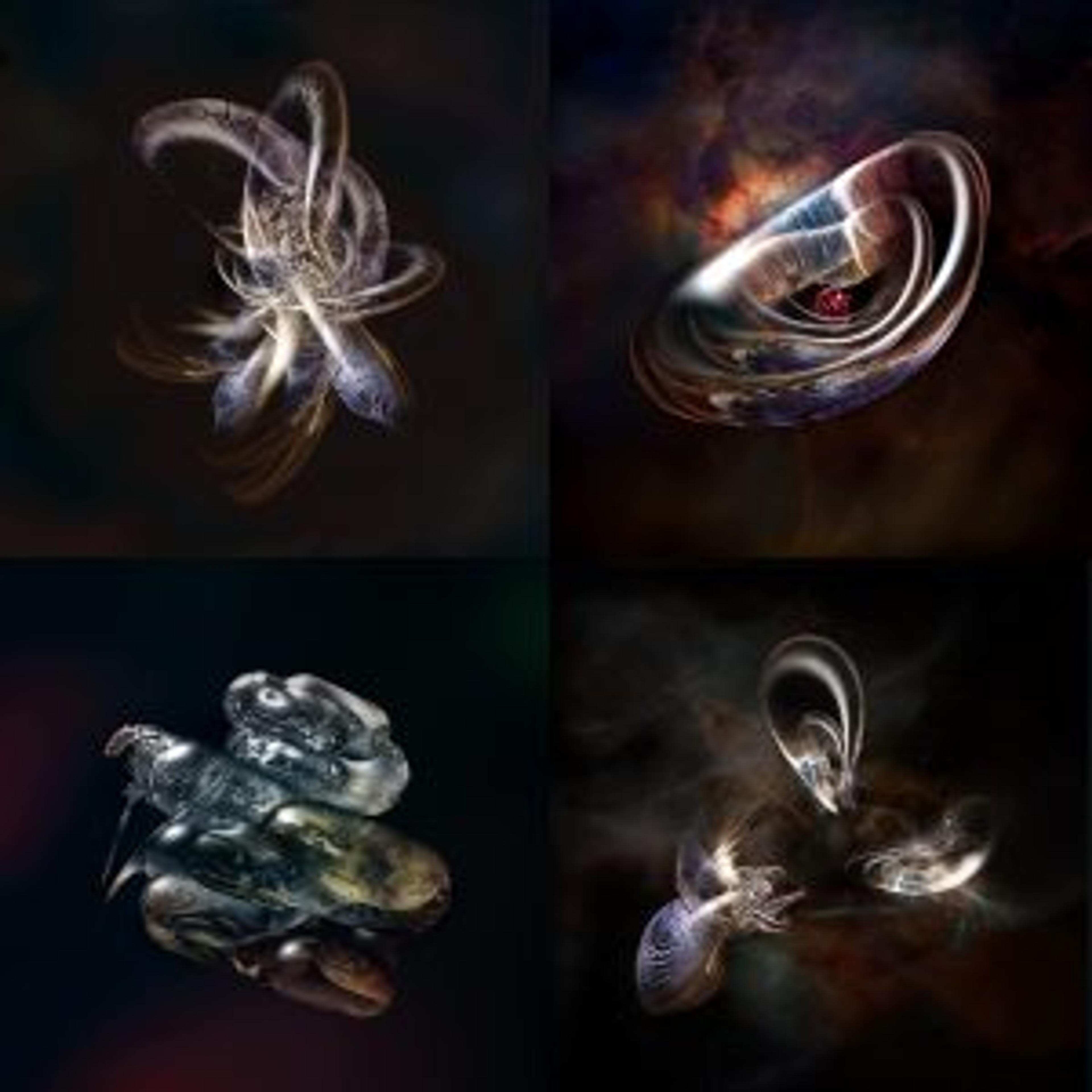

HoC: What part does digital play in your work?
Eriko: As a large part of my work involves digital manipulation, the so-called “digital darkroom,” is an integral part of my work, like a paint brush is for a painter. The process of digitally finishing photos is called digital photo editing, but I often get more caught up in the process of painting as I work. Since “photograph” comes from the Greek words for light and writing, the concept itself may be similar to painting. However, I have to admit an expression of physicality, like Jackson Pollack’s, would be difficult to do in a digital darkroom, so I sometimes feel stressed. An experiment to achieve that would be the next step.
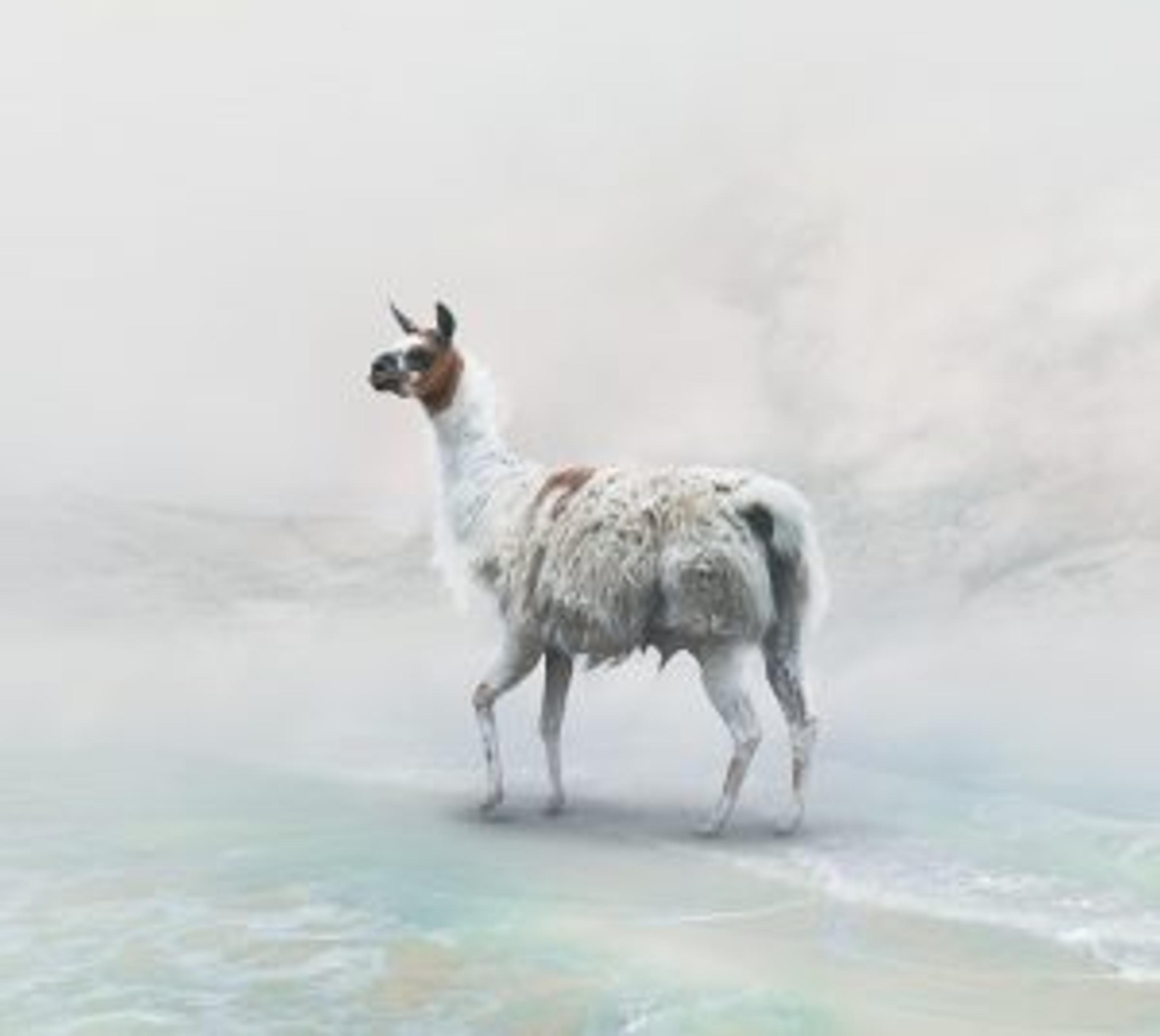
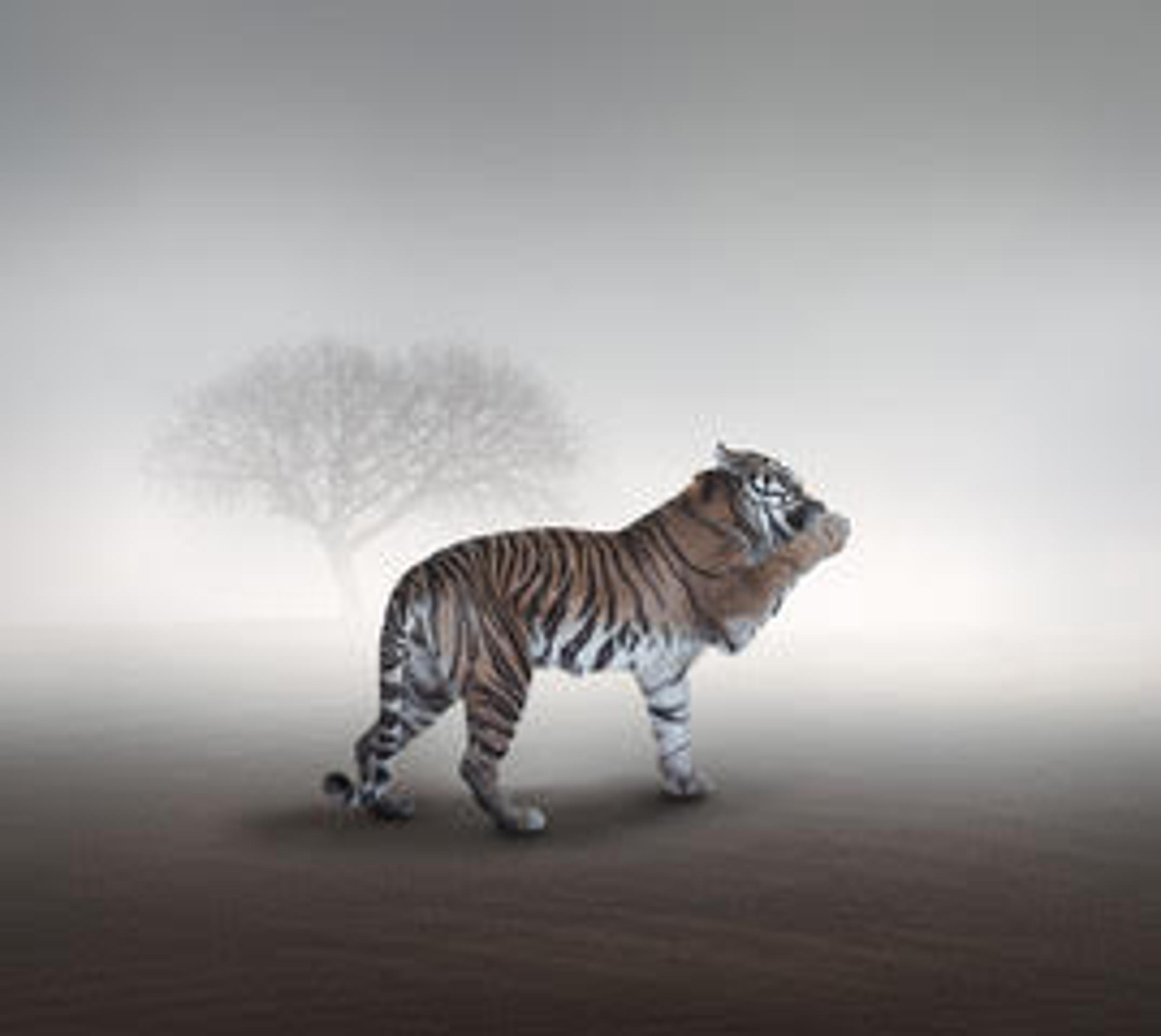
HoC: Why is nature so important to you as an artist?
Eriko: Well, this is like asking for me, “Why do you breathe to live?” We have to breathe air, we have to drink water, and we have to eat to live. We tend to forget, but humans are 100% dependent on nature. Once again, we are part of nature on this Earth, and everything we need to live is provided by nature. As expression is an important part of my identity, it is quite natural to express myself through art. I often get asked whether I feel it’s a contradiction to use a camera, which is a triumph of technology, to depict my philosophy. As you may know, the root of the word “technology” is the Greek term techne, which at the time referred to skills used in all different fields. When you think about how people split off the aesthetic elements from that single concept of skills to form “art,” it may be analogous to a plant growing branches and roots, or the source of a river branching out as it flows into the sea. Using the expressive methods that exist at a given time may create something of a conflict with the spirit of nature worship, but I don’t feel there is a contradiction.
Using technology in meaningful ways is exactly what allows us to discover new ways of seeing the essence of things. I view it as a problem of the philosophical nature of technology. At the same time, we are currently in the midst of the sixth mass extinction on Earth. According to research by academics and other experts, 30,000 to 140,000 species are in danger of going extinct every year. The destruction of the ecosystem due to climate change is a result of the excesses of the capitalist economy system and overpopulation. Scientists continue to warn that there is no time to wait; it is urgent that all countries in the world work together with all their might. The risk of extinction among animals is a vital sign of the Earth itself, and the human beings who live here inhabit the same biosphere they do. Although it may be old fashioned to use the word “miraculous” to describe the Earth as a planet where such biological diversity exists, I must continue to create works of art that express my respect and gratitude for animals and offer a sincere apology for what we humans have done to them.
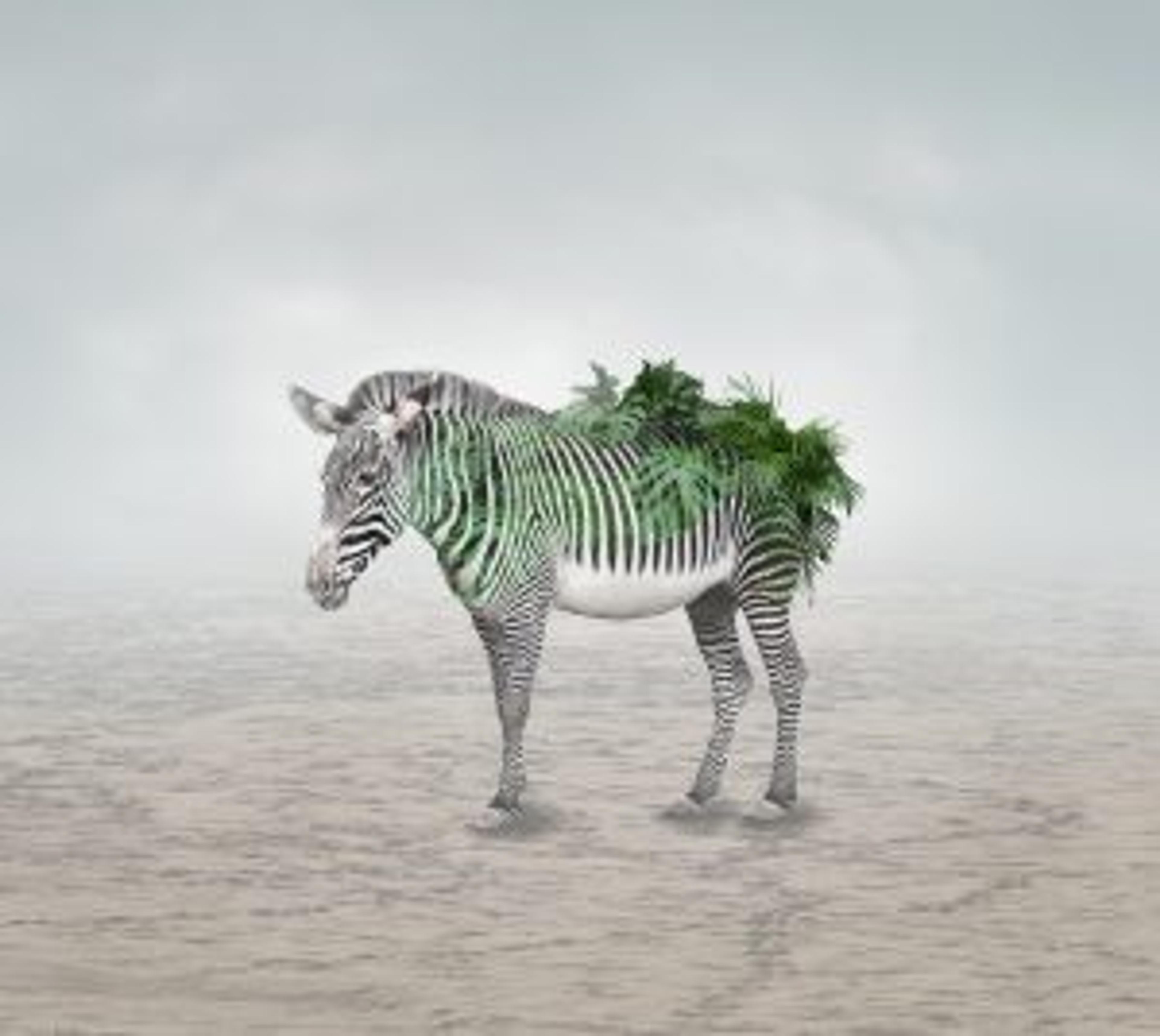
HoC: Your logo is really striking, could you talk to us about its meaning?
Eriko: To explain the logo, I’ll first describe Sensegraphia. Sensegraphia is a conceptual redefinition of photography, in which the visual aesthetics of the photograph are used to develop and express the sense of nature that enables us to recognize that humans are a part of nature and that we are centrally involved in nature’s dynamics. Through fine art, Sensegraphia puts forward a philosophy and creative activities that reestablish the essential unity between people and nature, even within the context of today’s highly advanced science and technology. In the logo, the design inside the circle is an abstraction of the Japanese characters meaning ‘see’ and ‘feel’. The circle represents both the Earth and the traditional latticed windows of Japan, expressing Sensegraphia’s photographic philosophy of using the window of our senses and the metaphor of the Earth to see and feel any scenery as fine art.
HoC: What do you think are the biggest challenges facing living artists?
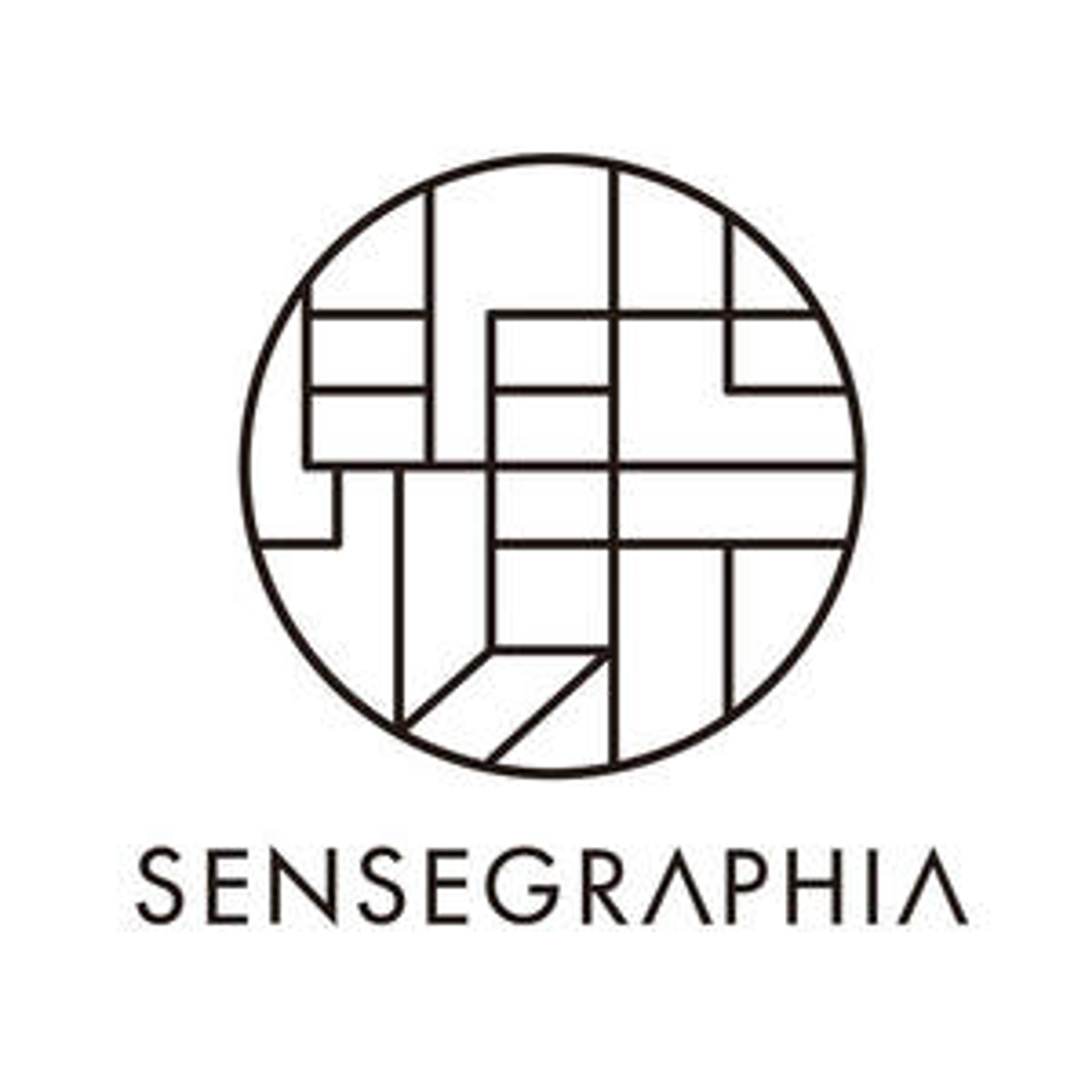
Eriko: Because the value of money is at the center of everything in our capitalist society, we have to admit that a lot of thought goes into how the value of art can be converted into money. Essentially, art should be created without regard to its monetary value. It’s something that should be exposed from the bottom of one’s soul. But because money is deeply rooted in our survival instinct and sensibility is controlled by thinking, I sometimes feel like I can’t breathe. I always think about how I can express that feeling of suffocation in order to face myself in the mirror, and I think about by what means communication with the viewer is possible.
In my opinion the ultimate value of art is communication, but it is fundamentally different from marketing, which prioritizes consumer analysis, and design, which seeks to refine the user experience. Paradoxically, in the case of art, knowing oneself, trying to master oneself, and expressing oneself while questioning the essence of life leads to the ability to communicate with many people. And if a way of thinking about life that differs from previous thoughts or deep emotional reaction is elicited in the viewer, it is a success. Art is the process of exposing one’s inner workings, so in order to continue working while living in this modern economic system, self-discipline and self-control is necessary. However, sometimes it puts the brakes on that process of inner reflection and expression, which is very challenging.
“Slumps are inevitable and creation is a lonely task”
HoC: What advice would you give to aspiring artists?
Eriko: My advice is to keep creating—no matter the medium—and to follow your intuition. Slumps are inevitable and creation is a lonely task. But it you must take advantage of that loneliness and use its power to push forward. It is a process that wears down the soul. If your sensibilities feel stagnant, you have to get away from your creative work, change environments, and sometimes immerse yourself in the secular world. It’s important for me to work out every day for me to maintain a body that can withstand long days of shooting using heavy equipment, as well as to find a little time to meditate so that I feel relief. I also try to prioritize my instincts over thinking if I get lost in a decision. Unless you belong to a large agency, you have to do everything yourself, such as managing your business, selling your artwork, and networking. Of course, it is important to make decisions according to empirical rules, but even then, it can sometimes be difficult to decide. In such cases, it’s better to make decisions beforehand. But how do you secure the time and energy to immerse yourself in your work and follow your instincts on that basis? Only then will you most likely not have to regret anything.
As you imitate the work of others more and more and then imitate yourself, you will be able to see your own style and your own philosophy. Regardless of visuality, it is necessary to touch a lot of things that you feel are real, whether it’s music or theater or whatever. By doing so, I believe that you can approach and refine the essence of your own expression. Regardless, the answer exists inside of yourself. We should all strive to do our best.


Comments are closed.